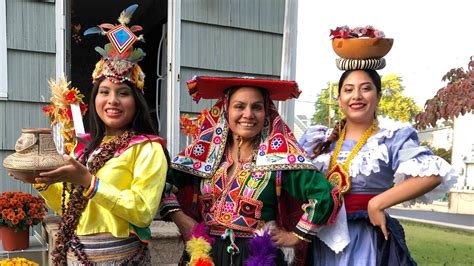Discover Peru’s cultural treasures: Inca ruins, vibrant festivals, traditional crafts, authentic cuisine, Andean music, and spiritual ceremonies in one captivating journey.Nestled along the spine of South America’s Andes Mountains lies Peru, a country infused with an ancient heartbeat and rich indigenous culture that continues to captivate travelers from around the globe. As the cradle of the Inca civilization, Peru offers an extraordinary tapestry of cultural experiences, seamlessly woven from its deep historical roots and vibrant modern traditions. In this journey through the very soul of Peru, we’ll uncover the enthralling ways visitors can dive into the heart of this cultural mélange—by exploring timeworn Inca ruins, becoming part of electrifying traditional festivals, and learning age-old crafts passed down through generations. We’ll guide you on how to indulge in the flavors of authentic Peruvian cuisine, sway to the rhythms of traditional Andean music and dance, and share in the profound spiritual ceremonies and rituals that pulse at the core of Peru’s indigenous identity. Pack your curiosity and a sense of adventure as we embark on an enlightening exploration of Peru’s rich indigenous culture.
Exploring ancient Inca ruins

Traversing the mystic landscape of the Andes, avid explorers are often lured by the marvels of ancient Inca ruins. Among these, the iconic Machu Picchu stands as a sentinel to history, cloaked in emerald forests and whispering ancient tales through its impeccably placed stones. The experience of setting foot on these historic sites is not just an excursion but an evocative journey back in time, inviting one to ponder over the sophistication and intricacy of Inca engineering and culture.
Further exploration might lead one to the lesser trodden paths to ruins such as Choquequirao or Ollantaytambo, where the silence is broken only by the occasional echo of wind — here, the weight of history is tangible, and the prowess of the Inca civilization is evidenced by the grand terraces carved into the mountain sides. As explorers scramble over the ancient stones, they are participating in a timeless ritual of discovery, encountering not only the physical remnants of a great empire but also the vestiges of spirituality and cosmology that permeate these sites.
The hallowed grounds of Sacsayhuamán, with their colossal boulders precisely aligned without mortar, stand testament to an unparalleled mastery of stone masonry. As visitors roam the expanse where rituals and festivals were once held, the sophisticated astronomical understanding and architectural genius of the Inca people is vividly brought to life. Surrounded by such monumental achievements, one can’t help but feel the surge of connection to the ancients who once gazed upon these same landscapes.
To fully grasp the essence of exploring ancient Inca ruins, it’s crucial to absorb the enduring spirit of the Inca empire, reflected not only in its monumental works but also in its harmonious integration with the breathtaking natural world. Each carved terrace, every strategic outpost, and the sprawling network of the Qhapaq Ñan (the Great Inca Road) collectively unveil a story of a civilization that, while lost to time, continues to entrance and educate those who walk their ancient paths.
Immersing in traditional Peruvian festivals
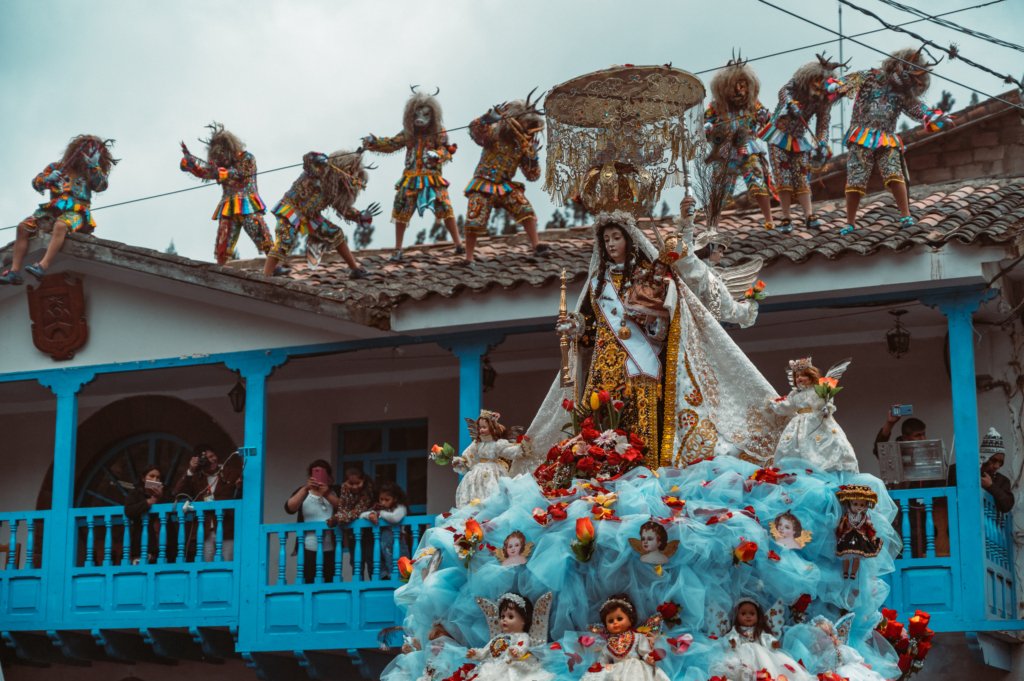
One of the most vibrant and colorful facets of Peruvian culture is unquestionably its myriad of traditional festivals, each brimming with a history as rich as the textiles for which the country is also renowned. When you immerse yourself in traditional Peruvian festivals, you are not merely a spectator but become part of a legacy that has been meticulously woven through centuries, celebrating everything from religious milestones to indigenous customs and celestial events. Your senses are bound to be enthralled by the elaborate costumes, the pulsating rhythms of folk music, and the expressive dances that each tell a story of their own.
One cannot speak of Peruvian festivals without mentioning the Inti Raymi, a festival that harks back to the Inca Empire’s adoration for the sun god, Inti. This reenactment of an ancient Inca ceremony takes place in the regal city of Cusco, its streets and plaza transformed into a living tableau of history, resplendent with actors arrayed in gold and crimson attire, paying homage to the celestial body that nourishes and sustains life. To be among the crowd, feeling the vibrancy of the music and the energy of the performers, is to connect with an ancient past that continues to pulse through the veins of modern-day Peruvians.
Further, the Fiesta de la Candelaria offers a spirited blend of Andean spirituality and Catholic tradition, encapsulating the dichotomy that often characterizes the Peruvian spirit. Taking place in Puno, the gateway to the mythical Lake Titicaca, the festival features a dazzling procession of dancers in multi-layered skirts and masks that are as intricate as they are historical. The rhythmic drumbeats that accompany the dancers seem to syncopate with the heartbeat of the highland city itself, while the faithful bear their patron saint, the Virgin of Candelaria, through the streets, a testament to the enduring power of faith and tradition in the Andean regions.
Attendance at the vibrant Carnival celebrations in the Peruvian Andes further solidifies the importance of seasonal and agricultural cycles in Andean culture. Here, the community comes together in a spectacle of unity and joy, with individuals armoured in colorful attires splashing each other with water and paint, a playful nod to the life-giving rains that bless the fields. Local foods and crisp beverages are in abundance, shared generously among locals and visitors alike, symbolizing the communal element that is so deeply ingrained in the fabric of traditional Peruvian life and festivities.
Learning traditional crafts from skilled artisans

Delving into the world of traditional crafts, one finds a tangible connection to the cultural heritage and artistry of past generations. In regions rich with history, like those in Peru, skilled artisans uphold the legacy of their forebears, meticulously crafting items just as their ancestors did. By learning these age-old techniques, enthusiasts and visitors alike forge a deep appreciation for the intricacies of textile weaving, pottery, or goldsmithing, activities that have withstood the test of time and modernity.
Engaging with Peruvian artisans in their workshops, surrounded by the tools and materials of their trade, offers an immersive experience into the world of traditional craft-making. Each knot in a woven textile tells a story, every carved gourd brings a folklore to life, and the fine detail in a piece of silver jewelry reflects the high level of craftsmanship achieved through years of dedicated practice. This hands-on interaction provides a unique educational opportunity, one that transcends language and connects participants directly with the enduring soul of the craft.
For the culturally curious, workshops led by these custodians of craft can inspire a profound sense of respect for the diligence and creativity involved in producing such exceptional work. Whether it’s mastering the delicate art of ceramics, or understanding the symbolism interwoven into vibrant fabrics, each lesson is a step closer to grasping the cultural significance that these artisanal goods represent. This enlightenment often leads to a greater appreciation for not only the artifacts themselves, but also the role they play within the broader social and historical context of the Peruvian people.
In conclusion, the art of learning traditional crafts from skilled artisans is more than an educational pastime; it’s a gateway to connecting with humanity’s collective heritage. Through each threaded needle and molded clay piece, cultural stories are preserved and passed on. For those who partake, it becomes manifestly clear that these crafts are not mere souvenirs, but rather, they are the heartstrings of a culture’s identity—the enduring legacy of a people’s artistry, ingenuity, and spirit.
Sampling authentic Peruvian cuisine
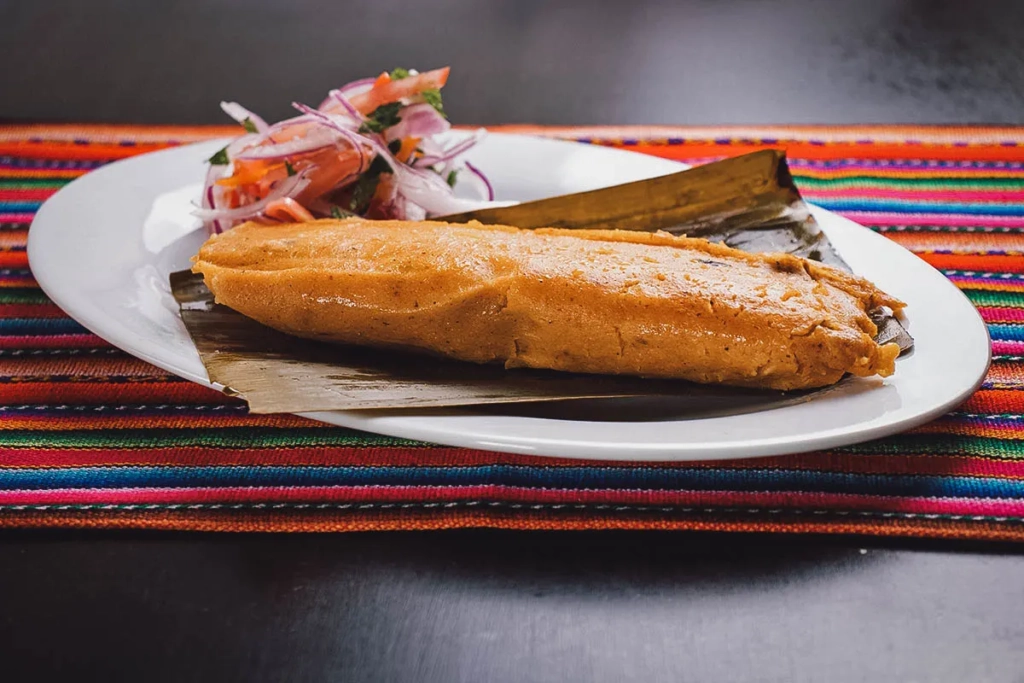
Peru boasts a cornucopia of flavors and ingredients that have been shaped by multiple cultural influences, and sampling authentic Peruvian cuisine is tantamount to embarking on a gastronomic adventure like no other. From the coastal seafood dishes to the highland staples, each region presents its own culinary tapestry. When you sit down to savor classic dishes such as ceviche, you’re not just indulging in fresh raw fish marinated in tangy lime juice and spiced with aji peppers, you’re experiencing a millennia-old tradition that speaks to the resourcefulness and zest of Peruvian culture.
The heart of Andean cuisine can be found in staples like quinoa and potatoes, where these humble ingredients are elevated into mouth-watering delicacies by skilled hands. A dish such as Pachamanca—meat and vegetables slow-cooked underground on hot stones—is as much a feast for the taste buds as it is a lesson in ancient cooking techniques. As you relish the smoky flavors, consider the communal efforts involved in creating this meal, which is a testament to the integral social fabric of Peruvian communities.
On the sweeter side, desserts such as suspiro a la limeña tell a story of colonial influences merging with local sweets. This velvety, caramel-like pudding topped with a cloud of meringue is an indulgent treat that shows the complexity of Peru’s culinary heritage. Each bite offers a whisper of history, mingling the old world with the new, and showcases the pervasive ingenuity in Peruvian dessert-making.
Finally, no journey through Peruvian flavors would be complete without the traditional beverages that accompany its meals. The ubiquitous Pisco Sour, for example, invites you to taste the spirit of Peru literally. This frothy cocktail of pisco, lime juice, syrup, egg white, and bitters is a smooth introduction into the storied past and vibrant present of Peruvian libations. As instruments strum in the background at a local picantería, every glass raises a toast to the vast tapestry of Peruvian culture that awaits the curious traveler.
Experiencing traditional Andean music and dance
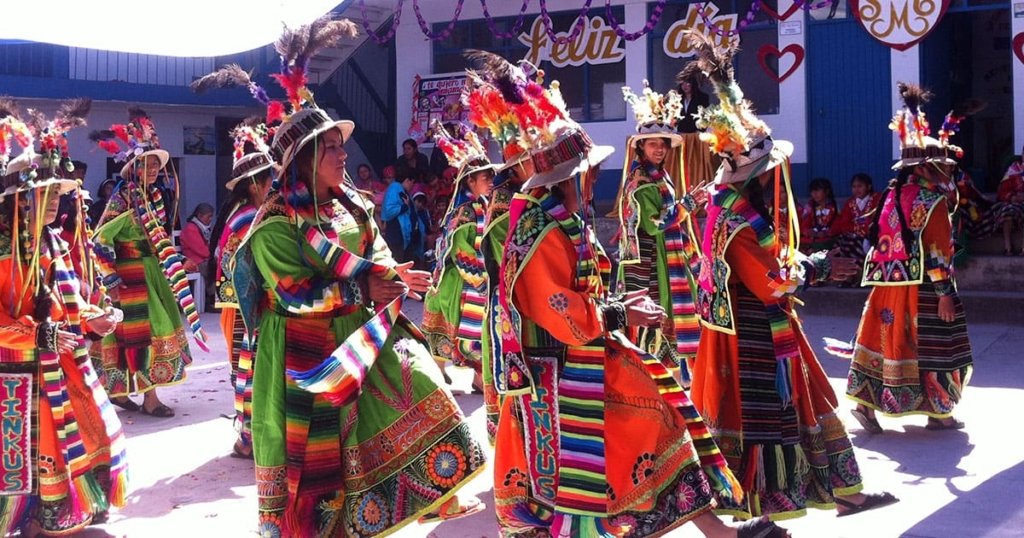
When one ventures into the heart of the Andean region, the vibrant tapestries and rich cultural expressions immediately captivate the senses, but none so much as the entrancing realm of traditional Andean music and dance. The experience is an immersive journey through sound and movement, where the ancient rhythms and melodies tell stories of the land, its people, and their timeless traditions. The sounds of panpipes and charangos are not just instruments playing; they are the voices of ancestors echoing through the ages, imbued with the spirit of the Andes.
Engaging with Andean music is a profound encounter with tradition, often characterized by the harmonious blend of indigenous tunes, Spanish influences, and even hints of African beats carried across the winds of history. To witness a live performance is to be entrapped in a world where each beat resonates with the heartbeat of the mountains, and each note is a whisper of the region’s diverse ecology, from the highland plateaus to the lush rainforests.
Andean dance, on the other hand, is a dazzling display of color, passion, and storytelling. Dancers adorned in elaborate costumes and masks stomp the earth and soar through the air, their movements synchronized with the pulsating music. These dances are not mere performances; they are a living embodiment of Andean life, paying homage to agricultural cycles, spiritual beliefs, and communal values. Participating in or observing these dances offers a deep connection to the Andean way of life, fostering a unique appreciation for a culture that has thrived for millennia.
Beyond the spectacle of performance, engaging with Andean music and dance is also a participatory experience. Visitors are often invited to join in, learning the steps and rhythms, and in doing so, become a part of the communal tapestry that is Andean culture. This shared rhythm and movement transcend language barriers and unite people from all walks of life in a profound celebration of life, land, and legacy. For the intrepid traveler, the experience is an unforgettable sojourn into the soul of the Andes, vibrant and pulsating with historic resonance and contemporary joy.
Participating in spiritual ceremonies and rituals
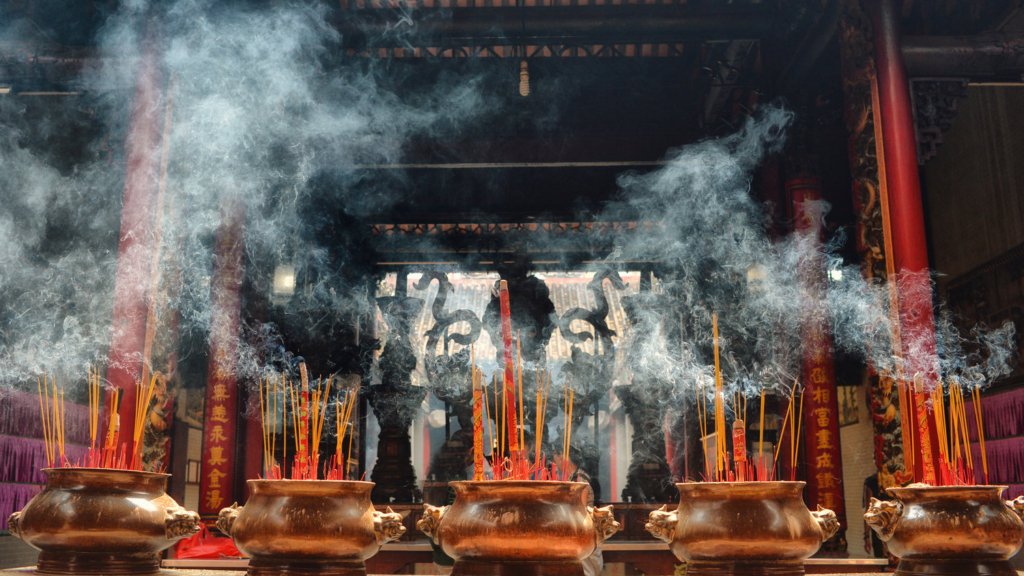
Embarking on a journey to delve into the spiritual heritage of a region can be profoundly enriching, especially when one engages with the time-honored ceremonies and rituals. For those seeking to connect with the metaphysical energies and ancestral traditions, participating in spiritual ceremonies and rituals offers an unparalleled window into the soul of a culture. Whether it’s through the rhythmic chants echoing beneath the stars or the incense-laden ambience of sacred spaces, these spiritual experiences are conduits to a deeper understanding of belief and existence.
In the heart of traditions, where spirituality weaves through the fabric of daily life, one finds the essence of communal identity and personal contemplation perfectly balanced. Participating in spiritual ceremonies serves as an intimate bridge between the mystic and the material worlds, allowing the uninitiated to taste the profound serenity of ritualistic devotion. It is a mesmerizing dance between the physical and the ethereal, often accompanied by vivid attire, unwavering faith, and a palpable sense of the divine.
The act of engaging with these ceremonies is not merely one of observation, but an invitation to immerse in the very heartbeat of a community’s spiritual practices. Being part of rituals transcends the boundary of simple tourist activity; it’s a compassionate foray into the realms of ancestral wisdom, where each gesture and symbol embodies centuries of heritage. The opportunity to partake in these rituals can be both humbling and transformational, as it offers a mirror to our own existence and a conduit to transcendental connection.
Immersing oneself in spiritual ceremonies and rituals is an act of respect and openness that can yield profound personal insights and a renewed appreciation for the unseen forces that shape cultures and histories. It’s a unique pilgrimage that calls for participants to not only bear witness but to embrace the transcendental journey with their entire being. This remarkable experience reminds us that beneath the diverse expressions of faith and worship, there lies a universal quest for understanding, connection, and harmony within the cosmos.
Frequently Asked Questions
What ancient civilization’s ruins can you explore in Peru?
In Peru, you can explore the ancient ruins of the Inca civilization, which are scattered throughout the country, including the world-renowned site of Machu Picchu.
How can visitors immerse themselves in Peruvian festivals?
Visitors can immerse themselves in Peruvian festivals by planning their trip around festival dates and participating in the festivities, which typically involve colorful parades, traditional music, and dance performances.
What type of traditional crafts can tourists learn in Peru?
Tourists in Peru can learn traditional crafts such as weaving, pottery, and textile making from skilled artisans, often in small workshops or community-led initiatives that aim to preserve cultural heritage.
What makes Peruvian cuisine authentic and unique?
Peruvian cuisine is authentic and unique due to its diverse influences from indigenous, Spanish, African, and Asian culinary traditions, along with its reliance on native ingredients like corn, potatoes, quinoa, and aji peppers.
What can visitors expect when experiencing traditional Andean music and dance?
Visitors experiencing traditional Andean music and dance can expect vibrant performances that often involve wind instruments like panpipes and flutes, string instruments like the charango, and colorful costumes that reflect the region’s culture and history.
What kind of spiritual ceremonies and rituals are participatory in Peru?
In Peru, travelers can participate in spiritual ceremonies and rituals such as the Pachamama offering to Mother Earth, coca leaf readings, and cleansing rituals led by local shamans or healers, which are integral to Andean spirituality.
Are there any ethical considerations for tourists engaging in indigenous cultural experiences?
Tourists should consider ethical aspects such as ensuring respectful engagement with local communities, obtaining consent for participation and photography, supporting sustainable and community-beneficial tourism, and avoiding the commodification of cultural practices.
